Hero Xtreme 200R Review : First Ride Impressions
The Hero Xtreme 200R is a naked motorcycle from the country's largest two-wheeler manufacturer. It took Hero four years to put the Xtreme 200R in production. But how is the result? The first impressions are good. Read on to find out the second.
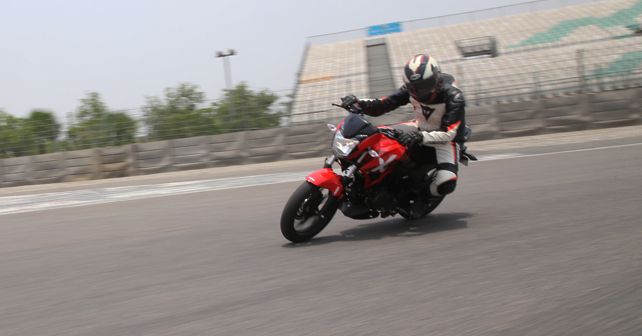
It took Hero four years to put the Xtreme 200R into production. A case of too little, too late, or does it really pack something special?
There was a time, not too long ago, when we’d call a 150 – 200cc bike ‘sporty and powerful’. But in the last three years or so the notion has changed drastically, as these bikes have become a default choice for urban commuters rather than boy racers. Look at it this way – earlier it used to be just about fuel efficiency, but now customers are happy to trade a few drops of petrol for a bit of fun and performance. Which is why you have so many motorcycles in the premium commuter segment now. The latest product to join the fray is Hero’s all new Xtreme 200R. Sure, it has taken them a long, long time to put it into production, but let’s not forget that it’s from the stable of the country’s largest two-wheeler manufacturer.
Hero unveiled the Xtreme 200R earlier this year, which will hit the showrooms in a couple of weeks. However, before that, Hero invited us to take it for a spin at the Buddh International Circuit. Quite optimistic of the company to call us there, but the ride experience was far from a foregone conclusion, as you'll find out in the report below...
Balancing it out
With the Xtreme 200R, Hero’s aim, it seems, is to achieve a nice balance between performance and efficiency. And a quick look at the bike’s specifications makes the point quite apparent. The engine of the Xtreme 200R is a 199.6cc single-cylinder unit without fancy elements – a simple 2 valve arrangement is used for breathing, fuel is supplied via a carburetor and the engine is cooled using the good ol’ air. Despite that, the power and torque figures are respectable – it produces 18.2bhp at 8,000rpm and 17.1Nm at 6,500rpm.
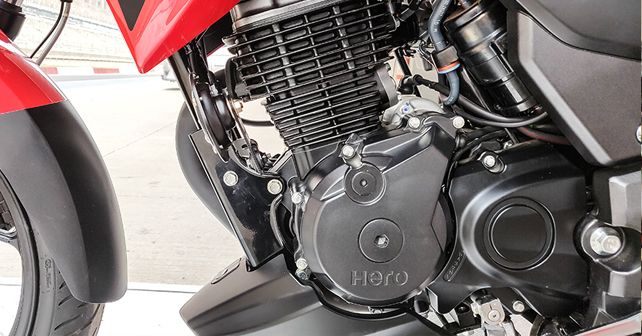
Now, while the aforesaid numbers are adequate for riding on streets, it was a given that the Xtreme 200R wasn’t going to set the tarmac on fire at BIC. However, in the bike’s defense, even 300cc motorcycles feel slow at BIC, thanks to the circuit’s fast and flowing layout. That said, the main and back straights were not part of the test ride, and we only rode the bike around the twisting and turning section of the track.
The moment you fire up the engine, it comes to life in a buttery smooth manner. And not only the engine, the clutch as well as the gearbox also have this light feel. Once on the move, the engine revs cleanly and the low-end performance is decent. However, mid-range is where all the meat lies – between 3,000 – 7,000rpm, the engine feels the strongest. But beyond that, the engine runs out of steam and the momentum flattens out. You can rev the motor all the way up to its 9,000rpm redline, but you won’t feel any extra push at these engine speeds. In spite of that, I did see the speedo touch 110km/h at times.
Like said earlier, this engine hasn’t been developed for outright performance, and it was quite evident during the ride. At the same time, though, I won’t say that it’s dull or boring in any way. But, yes, it doesn’t really thrill you like, say, the Apache RTR200’s engine and will definitely leave you wanting more on open roads. In the city, however, I believe it’ll be just as capable.
Turning the corner
While the Xtreme 200R loses out in terms of performance, it makes up for that when it comes to the riding dynamics. And, to be honest, that shouldn’t come as a surprise because the smaller CBZ Xtreme models have always been decent handlers. With the new Xtreme 200R, Hero has only taken the game forward.
The chassis of the new bike is a diamond-type frame like the Xtreme 150 Sports, but Hero engineers have made necessary improvements. Additionally, the motorcycle comes with beefier 37mm front fork and wider tyres – 100/80-17 at front and 130/70-R17 (radial) at the back. Braking equipment has been uprated as well. The front disc is bigger at 276mm, and there’s single-channel ABS – acting only on the front wheel. The rear wheel gets a 220mm disc. Interestingly, the motorcycle weighs 148kg – only a kilogramme more than the Hero Xtreme Sports 150.
Just before our fast laps, Markus Braunsperger, Chief Technical Officer at Hero, made it clear that the Xtreme 200R is not meant for track days. He, however, pointed out that riding a motorcycle at a track helps in gauging the ride and handling setup, which ultimately gives you an idea of how it’ll perform in real conditions. And, I believe, he’s absolutely right.

Coming back to the Xtreme 200R, it surprisingly didn’t feel out of its comfort zone at the track. In fact, it’s an able handler by all standards. The front-end feel is sweet, and it turns in and out of corners without any trouble. The handlebar is set a bit high for a comfortable riding position, but it doesn’t hamper the handling. As for the suspension, it definitely feels softer, but the suspension doesn’t dip all that much. The front dives only when you brake too hard – it behaves well, otherwise. The monoshock at the back also doesn’t allow the rear wheel to hop or stepout under hard cornering. What limits you from going faster around bends are the low-set foot-pegs, for they scrape the tarmac a little too soon. The feel from the brakes is impressive as well – the front disc offers a sharp bite as soon as you touch the lever. The MRF Zapper FYM (front) and Revz (rear) were up to the task as well – they offer adequate grip even when pushed hard.
Overall, the Xtreme 200R is a likeable motorcycle to throw around a bend. That said, the chassis lacks the sophistication and stability of the likes of the Apache RTR200 or Pulsar NS200. I can’t comment on the ride quality as yet, but from what I felt after going over kerbs, it wasn’t uncomfortable in any way.
Missed Tricks
So, after riding the motorcycle, I can safely say that its performance is acceptable and handling is really good. What I am not particularly impressed with is its styling. Don’t get me wrong, it looks decent and the proportions are right, but it lacks character. There’s nothing ‘Xtreme’ about it – being a 200cc motorcycle it warrants some extra muscles, but Hero designers haven’t given it any. Sure, there are LED position lamps and LED tail-light, but overall it doesn’t look as appealing as its competitors.
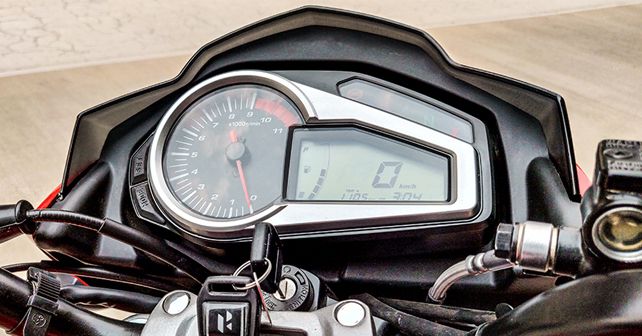
And now, the subject of equipment, or the lack of it. It comes with a simple looking instrument cluster with a digital speedo and an analogue tach. You get two trip metres and a clock and a side-stand warning lamp. And that’s all of it. It feels a little too commuter centric in that regard, which can be off putting to some customers of this segment.
Money talks
There’s no denying that the Xtreme 200R is a potent machine in its own right. But stack it next to its competition, and things don’t look that pretty. It doesn’t feel quick for a 200cc and lacks the oomph factor. And while handling is sweet, I don’t think it can match the RTR 200 or Pulsar NS200 around twisting roads.
Having said that, the good thing is that Hero is hinting at pricing the Xtreme 200R between ₹85,000 and 90,000. And if that turns out to be the case, the Xtreme 200R will make a lot of sense, for it’ll undercut both its rivals by around ₹10,000. And that’s quite a discount for a 200cc motorcycle.
Engine: 199.6cc / Single Cylinder/ Air-cooled/ 2 Valve
Transmission: 5-Speed
Power: 18.2bhp @ 8,000rpm
Torque: 17.1Nm @ 6,500 rpm
Price: TBA
X-factor: A no-nonsense power commuter that rides on the strengths of Hero's brand image.
Pros
• Handling
• Quality levels are good
• Refinement
Cons
• Weak top-end
• Basic equipment
• Uninspiring styling

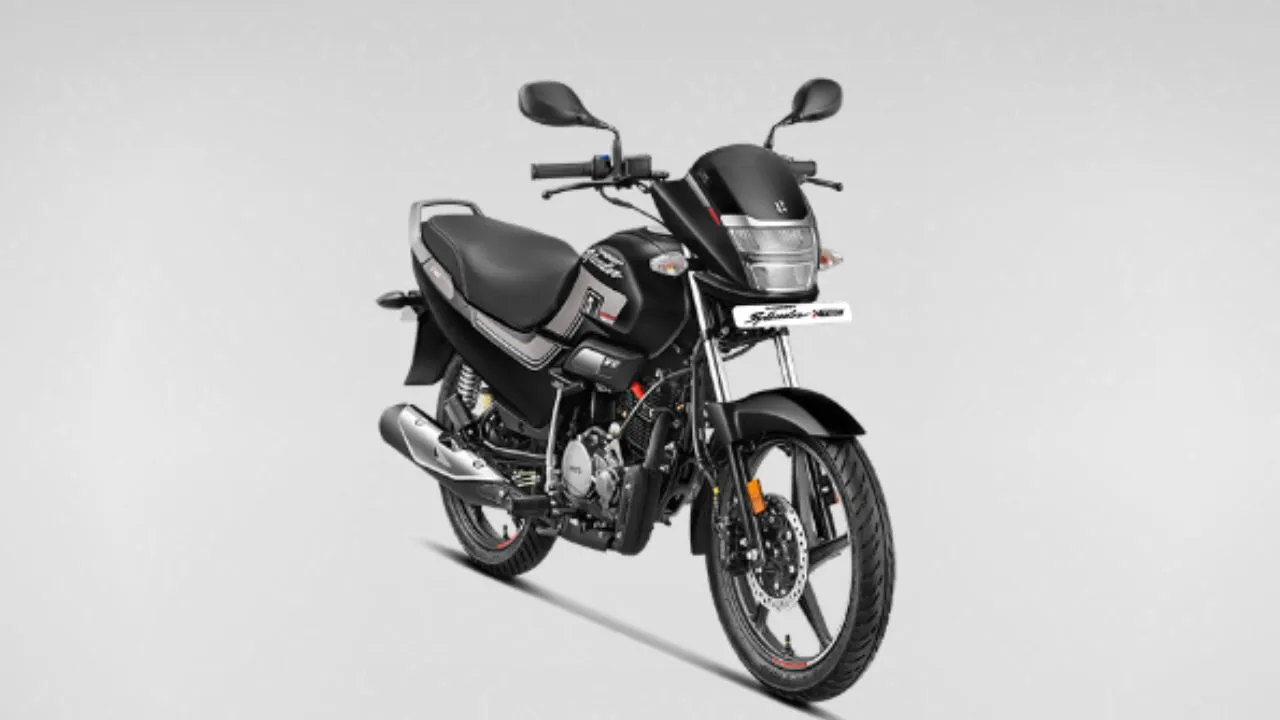
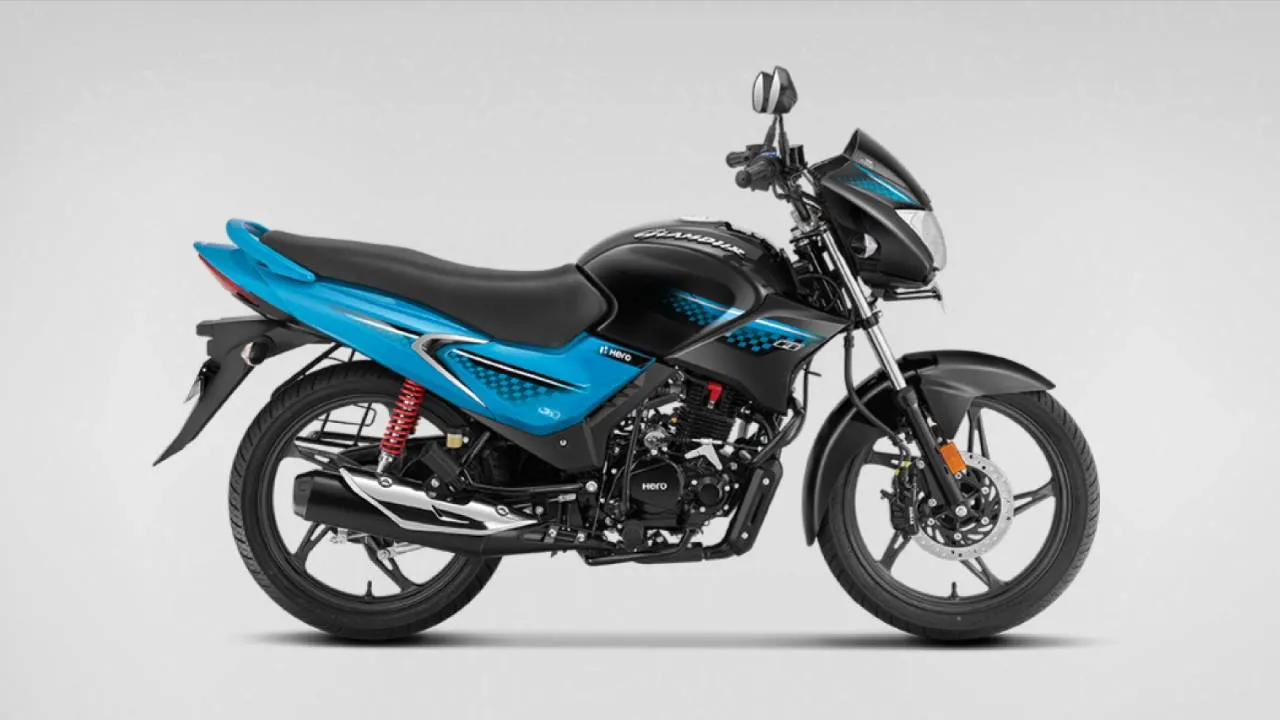

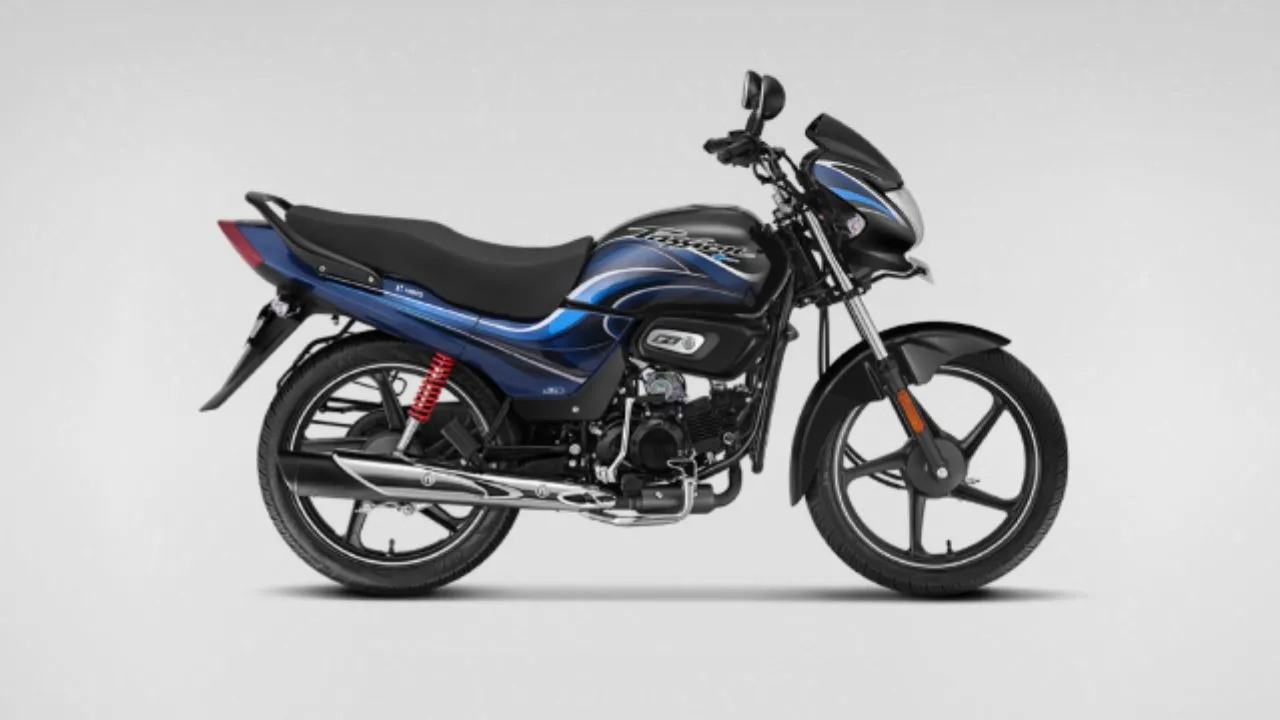


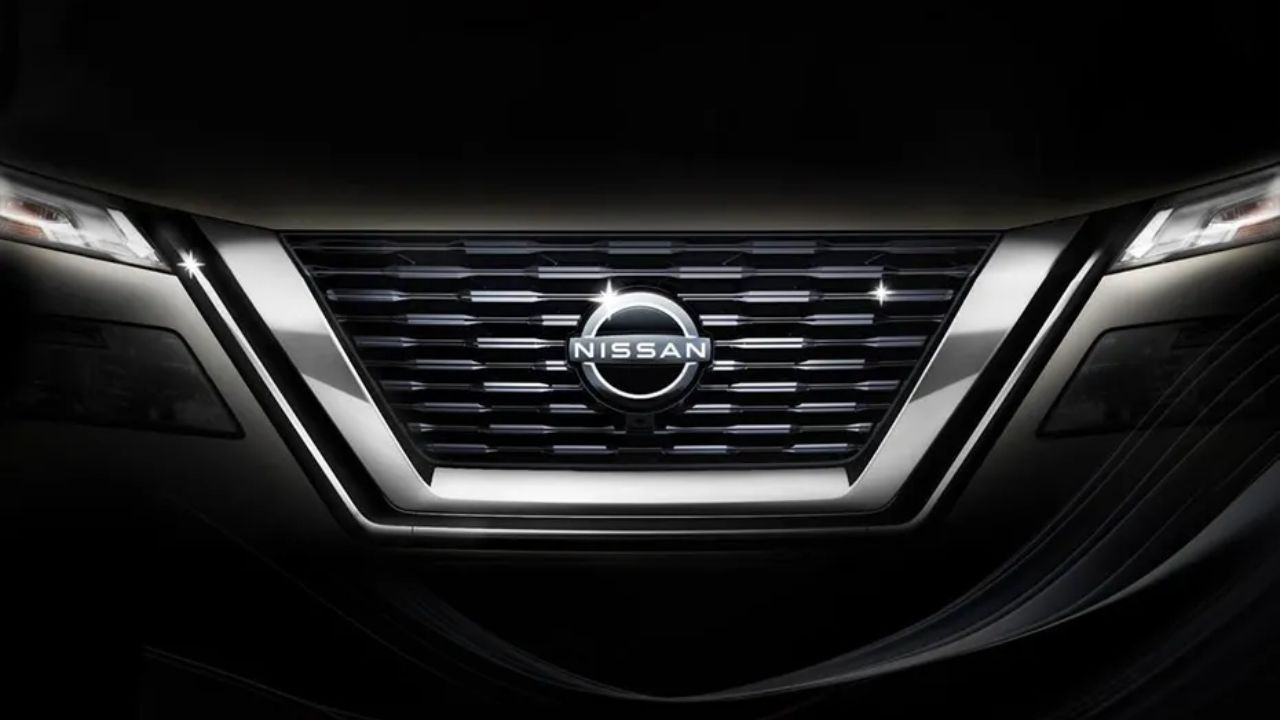
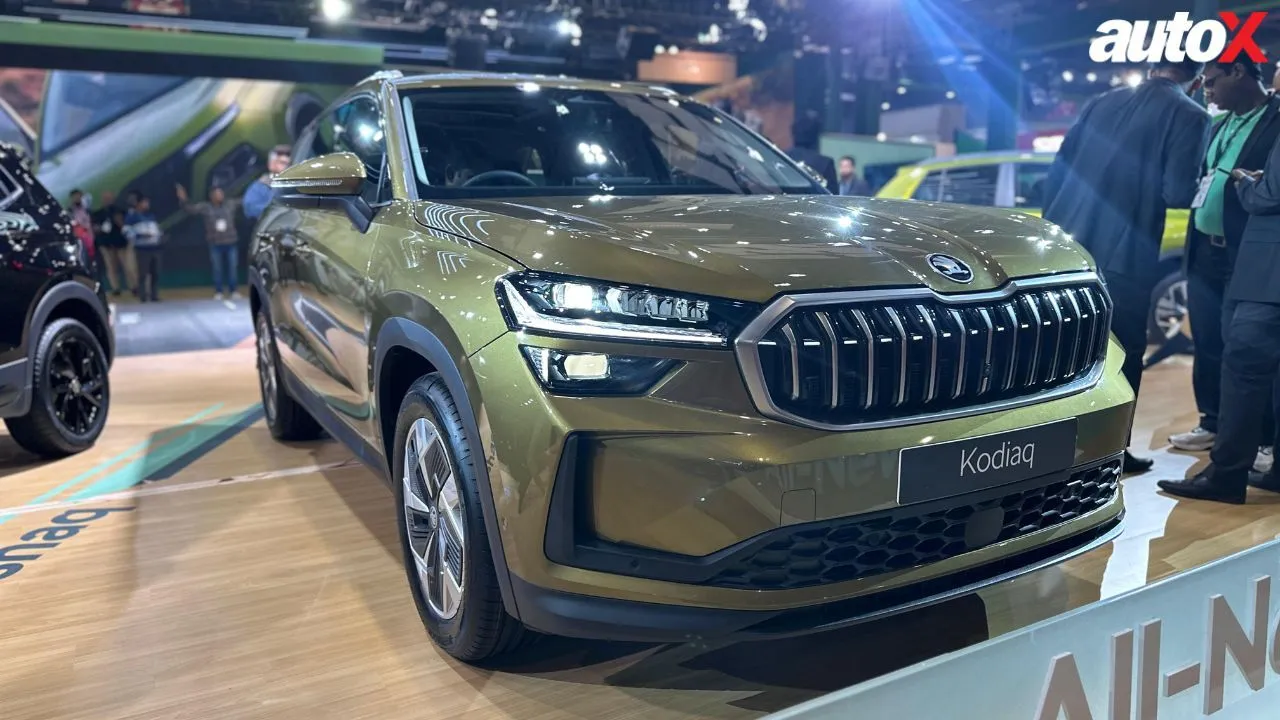
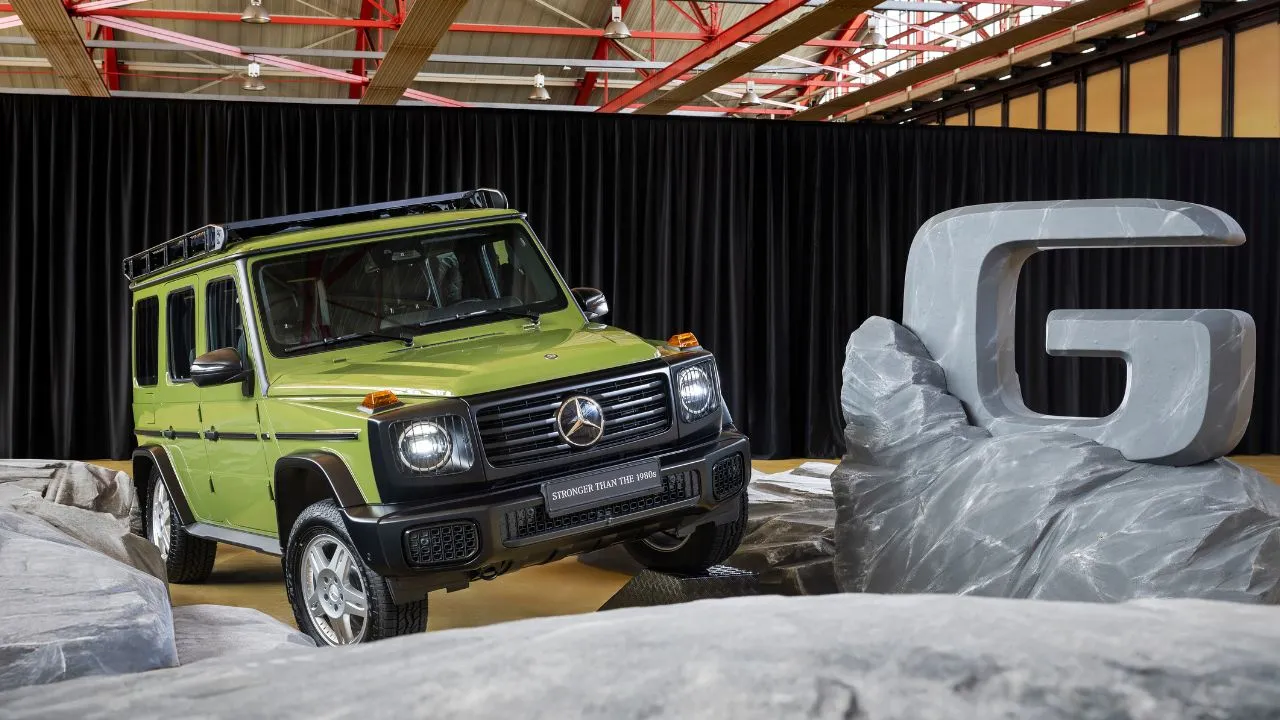
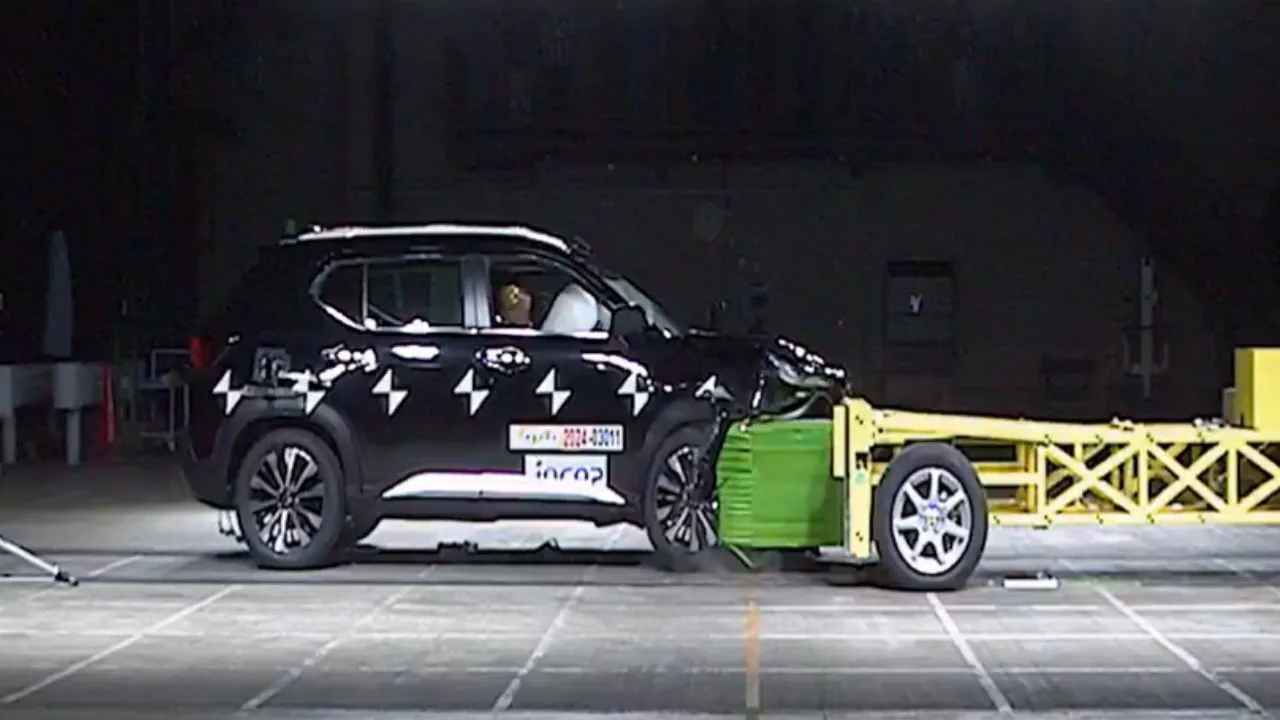
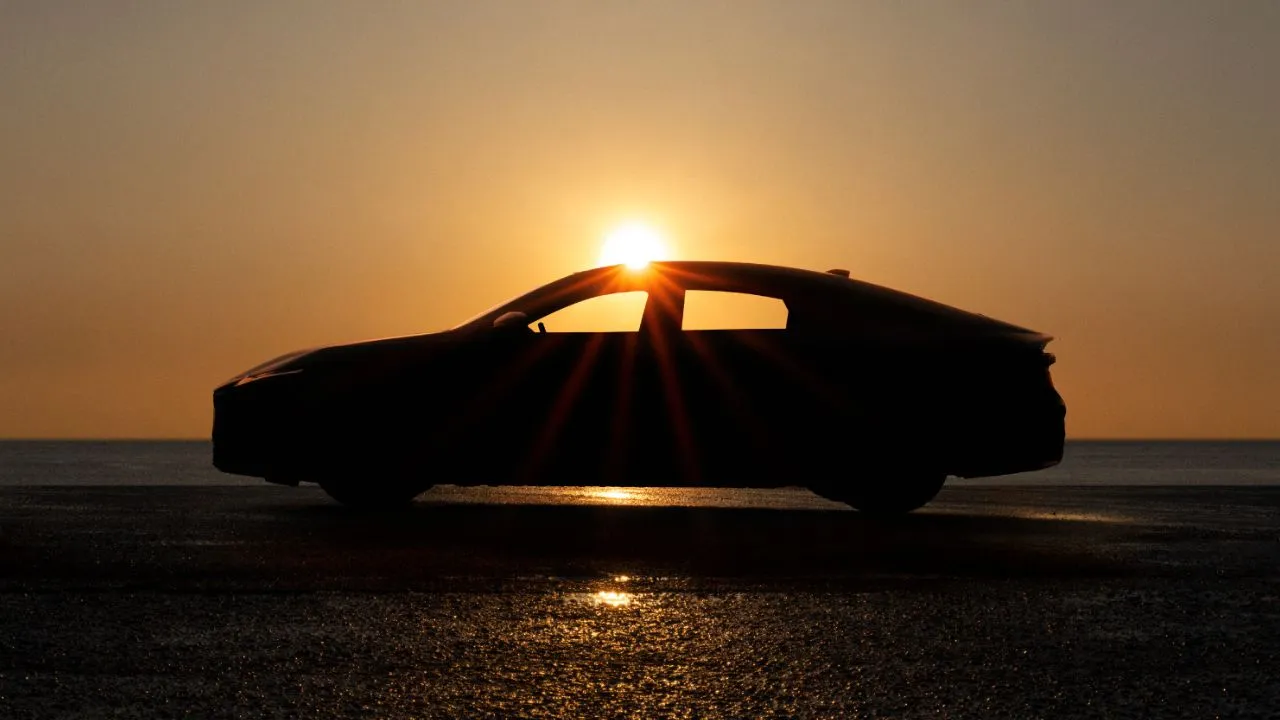



















Write your Comment on